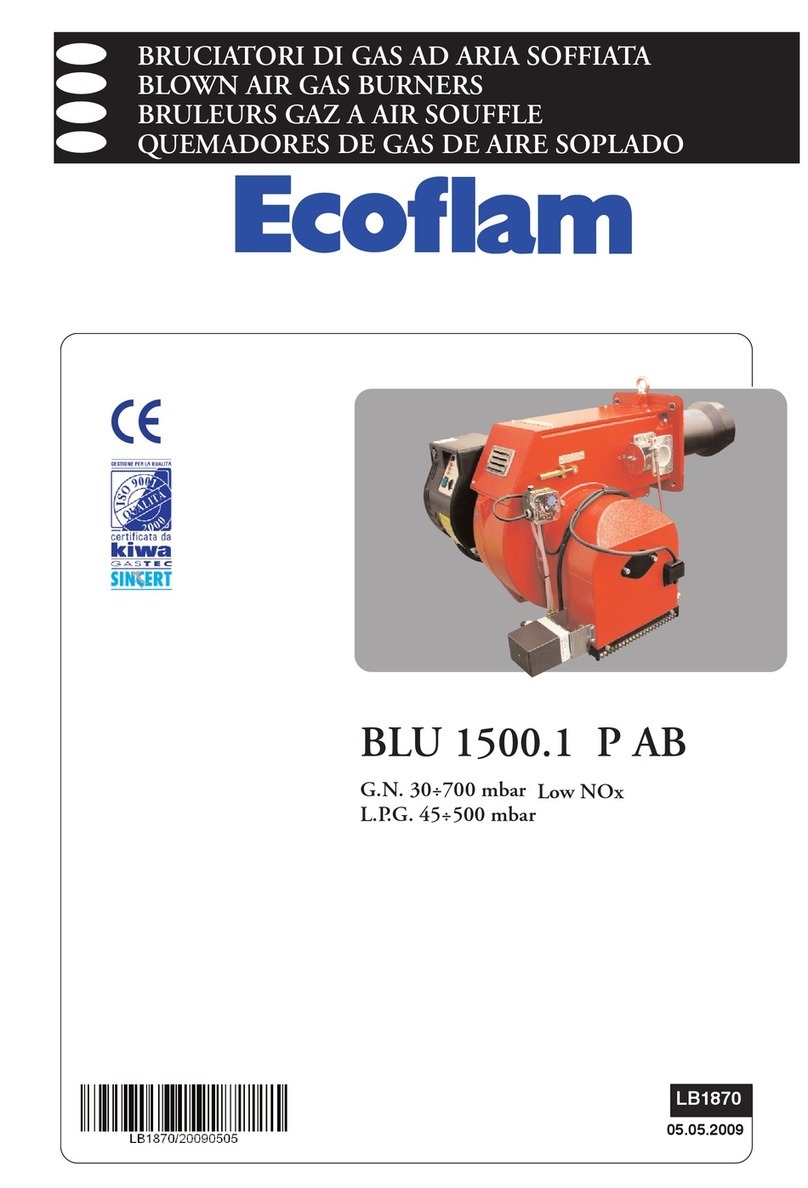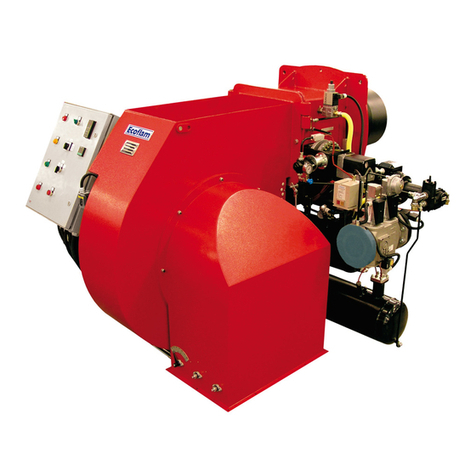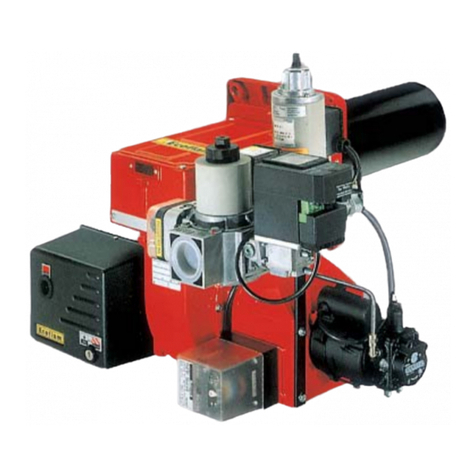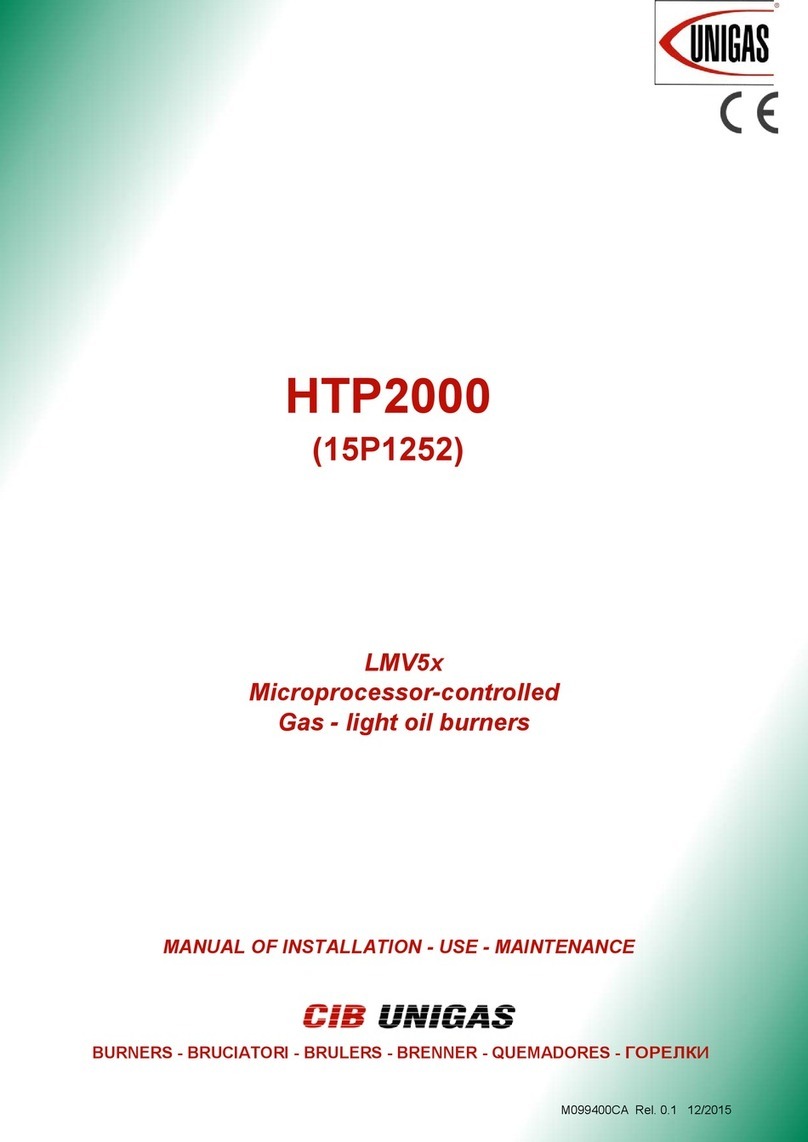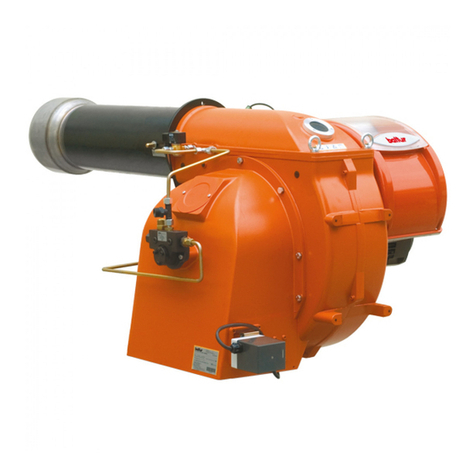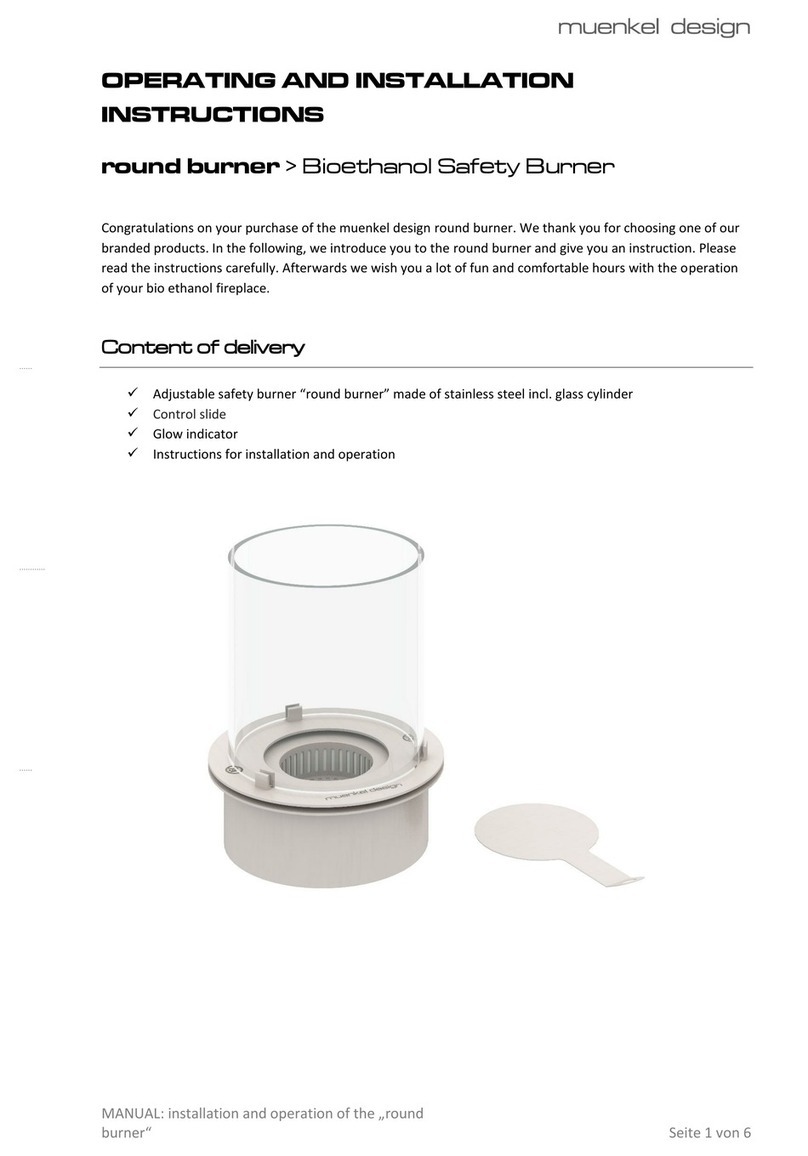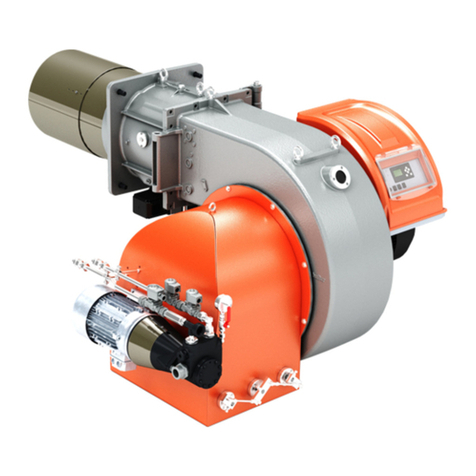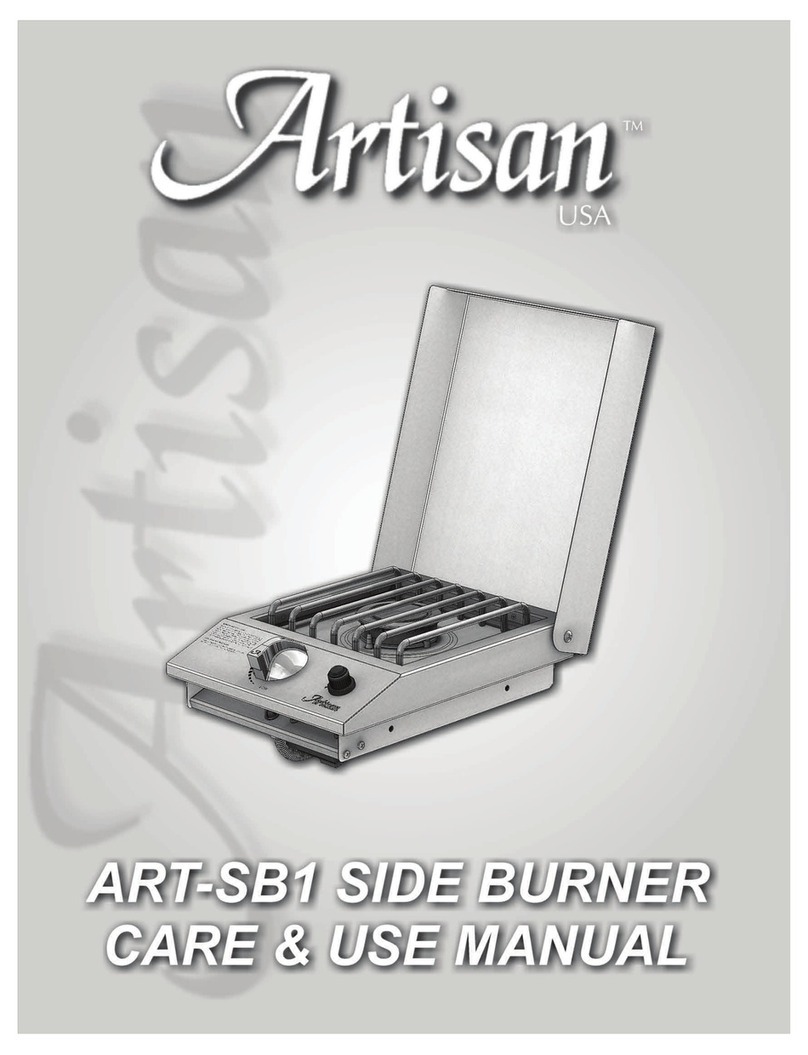Ecoflam MAIOR P 300 AB User manual
Other Ecoflam Burner manuals
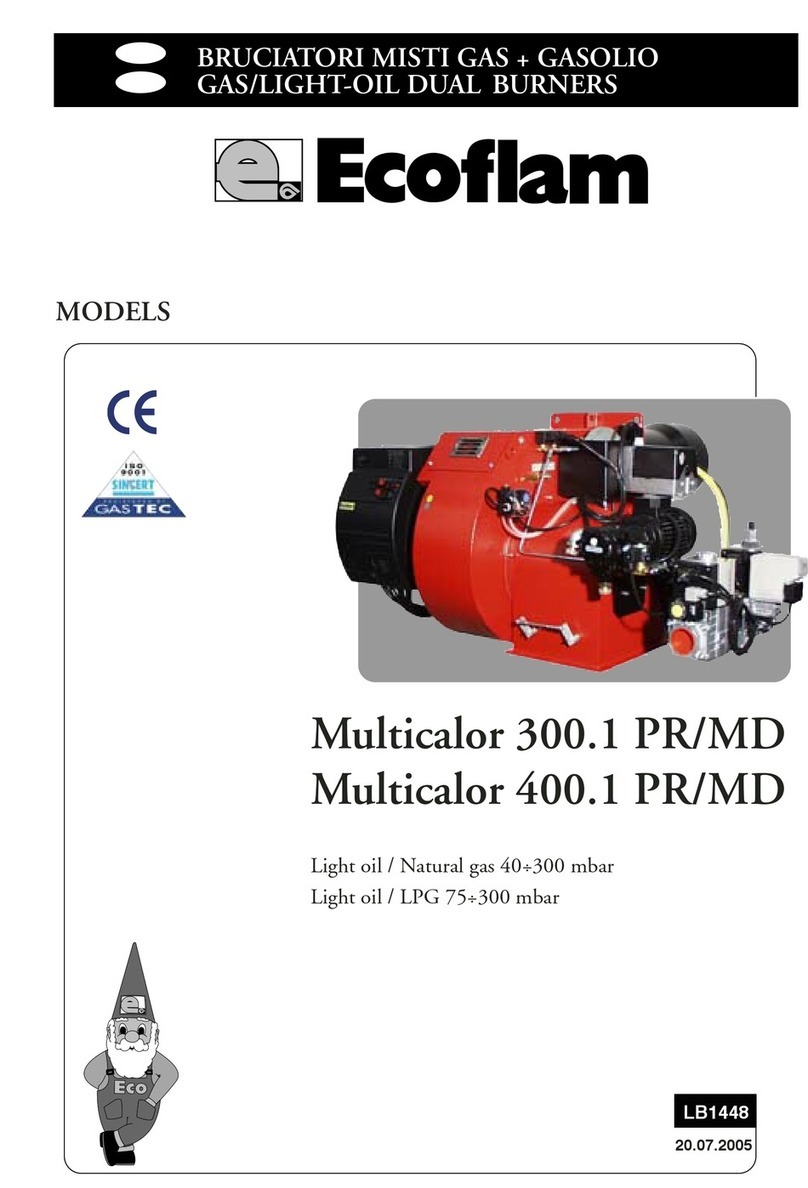
Ecoflam
Ecoflam Multicalor 300.1 PR User manual
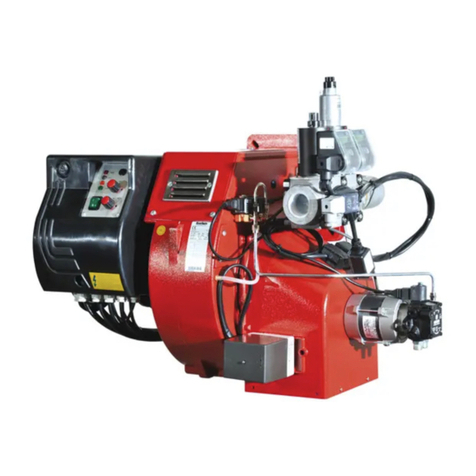
Ecoflam
Ecoflam Multicalor 45 User manual
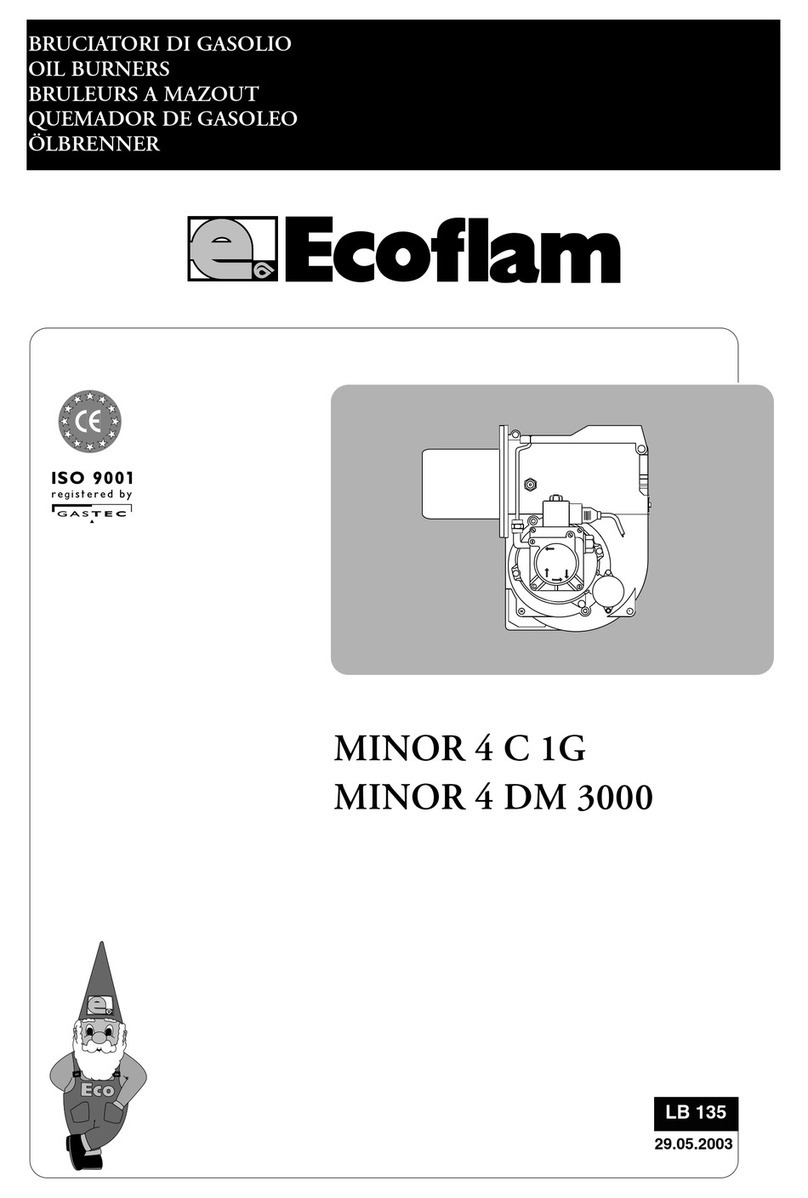
Ecoflam
Ecoflam MINOR 4 C 1G User manual
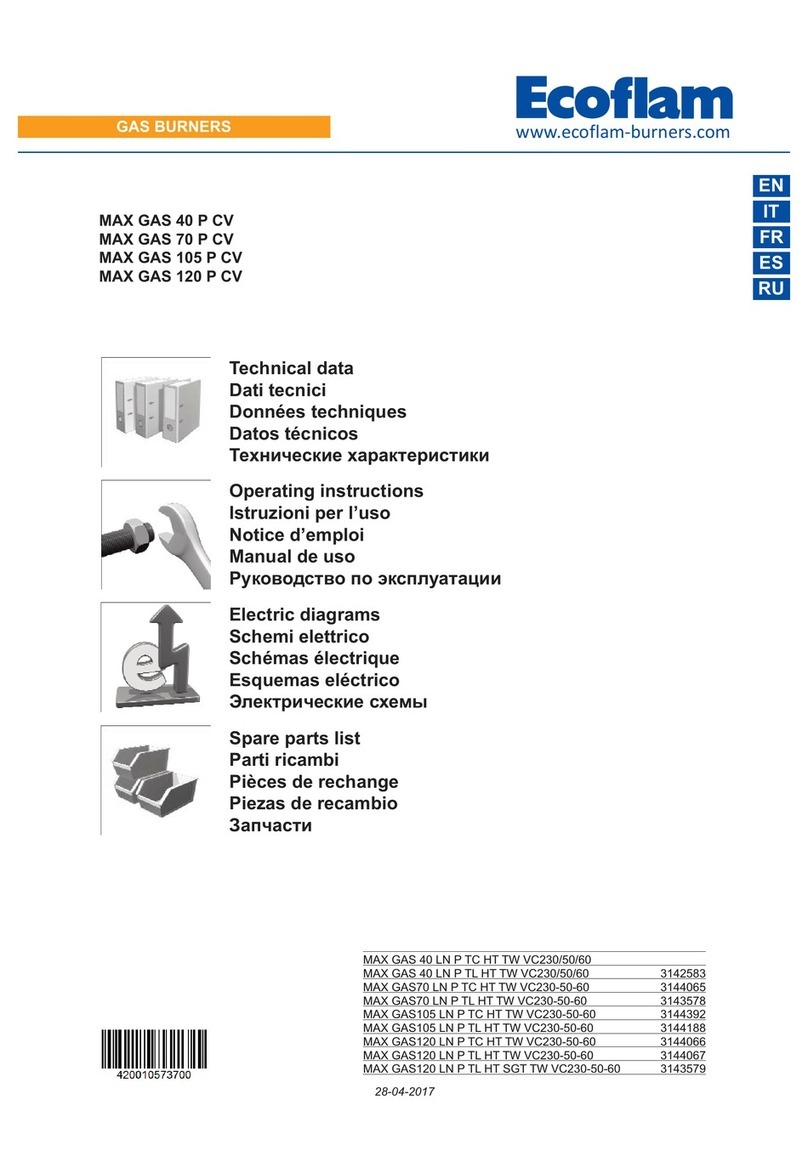
Ecoflam
Ecoflam MAX GAS 70 P CV Instruction manual
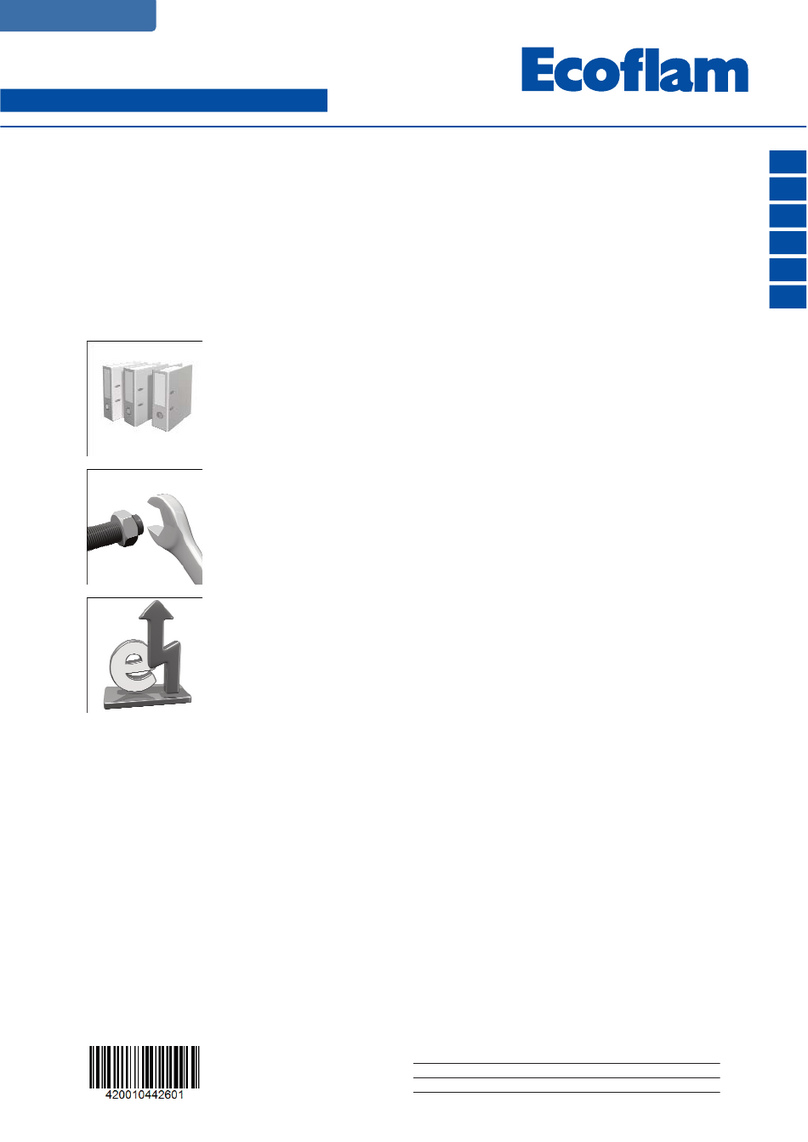
Ecoflam
Ecoflam MAX 15 TC J-F 115 Instruction manual

Ecoflam
Ecoflam MAIOR P 500-1 PRE User manual
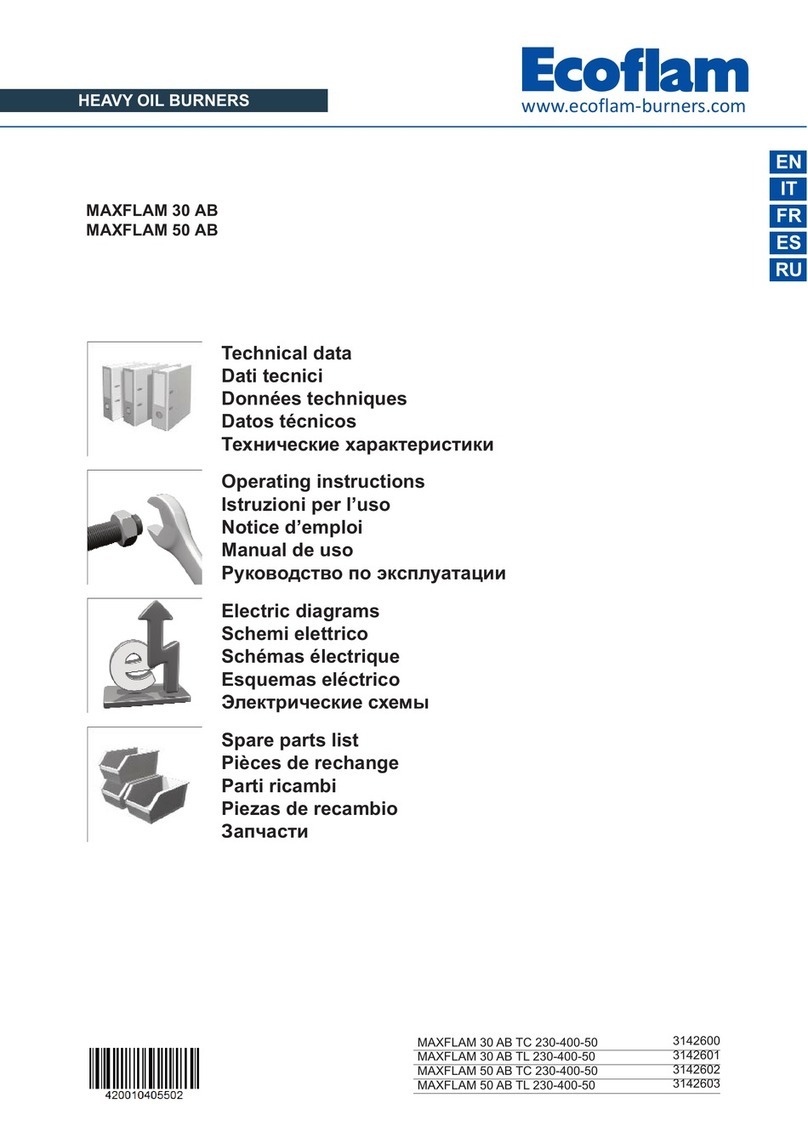
Ecoflam
Ecoflam MAXFLAM 30 AB User manual
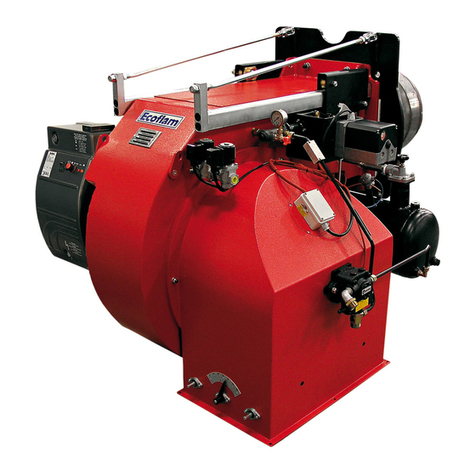
Ecoflam
Ecoflam Multicalor 500.1 User manual
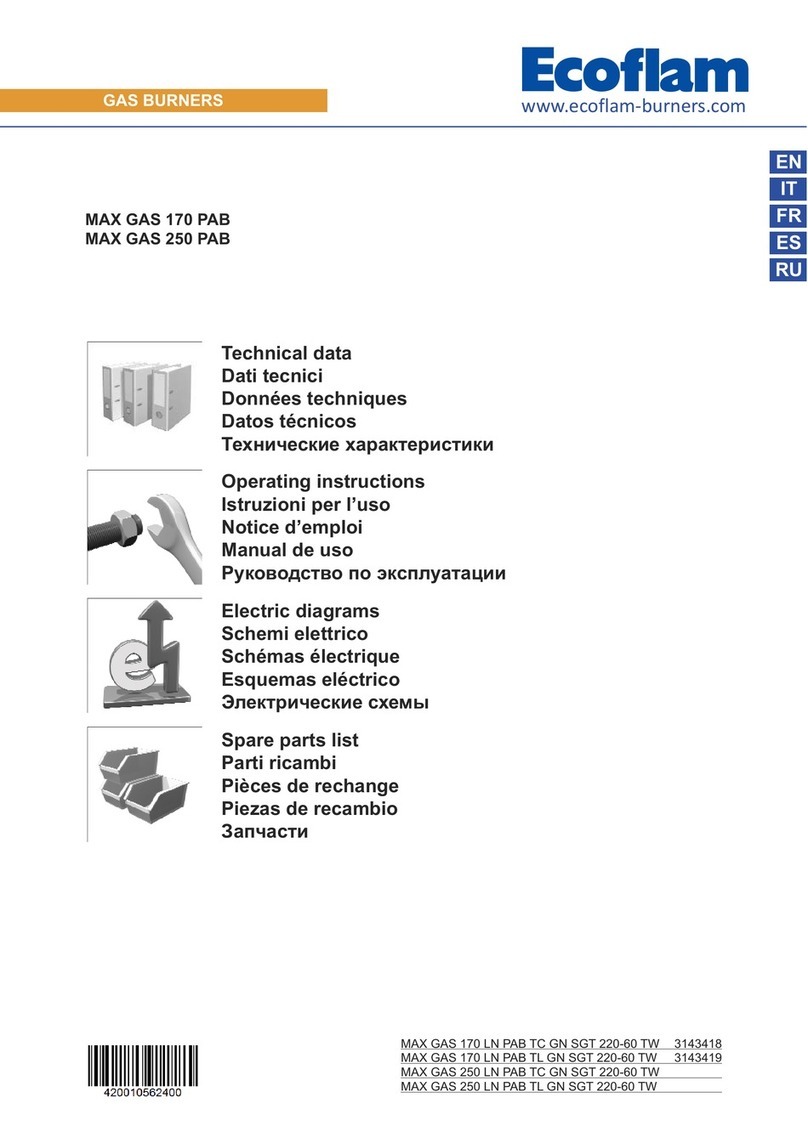
Ecoflam
Ecoflam MAX GAS 170 LN PAB TC GN SGT 220-60 TW User manual
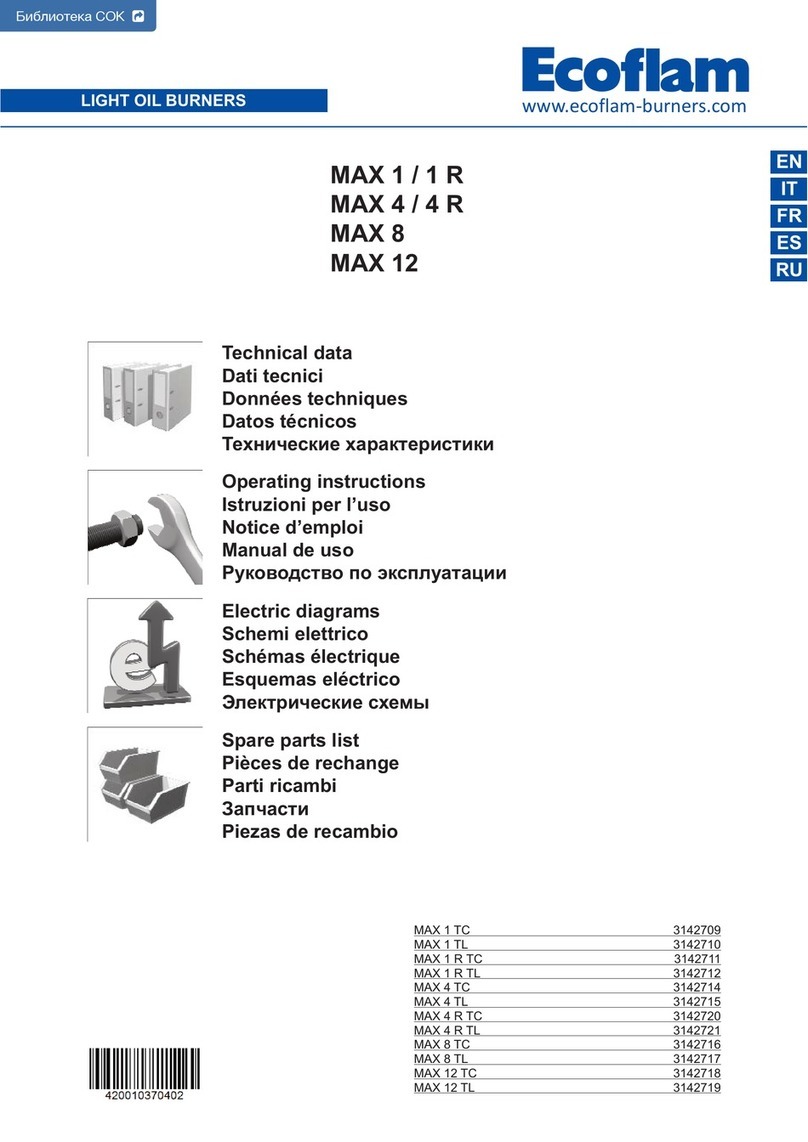
Ecoflam
Ecoflam MAX 1 TC User manual

Ecoflam
Ecoflam BLU 15000.1 User manual
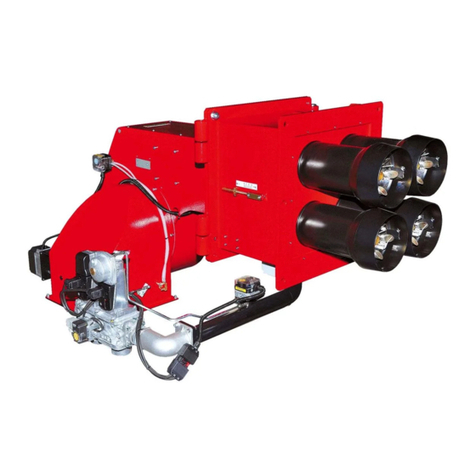
Ecoflam
Ecoflam BLU 15000.1 PR User manual
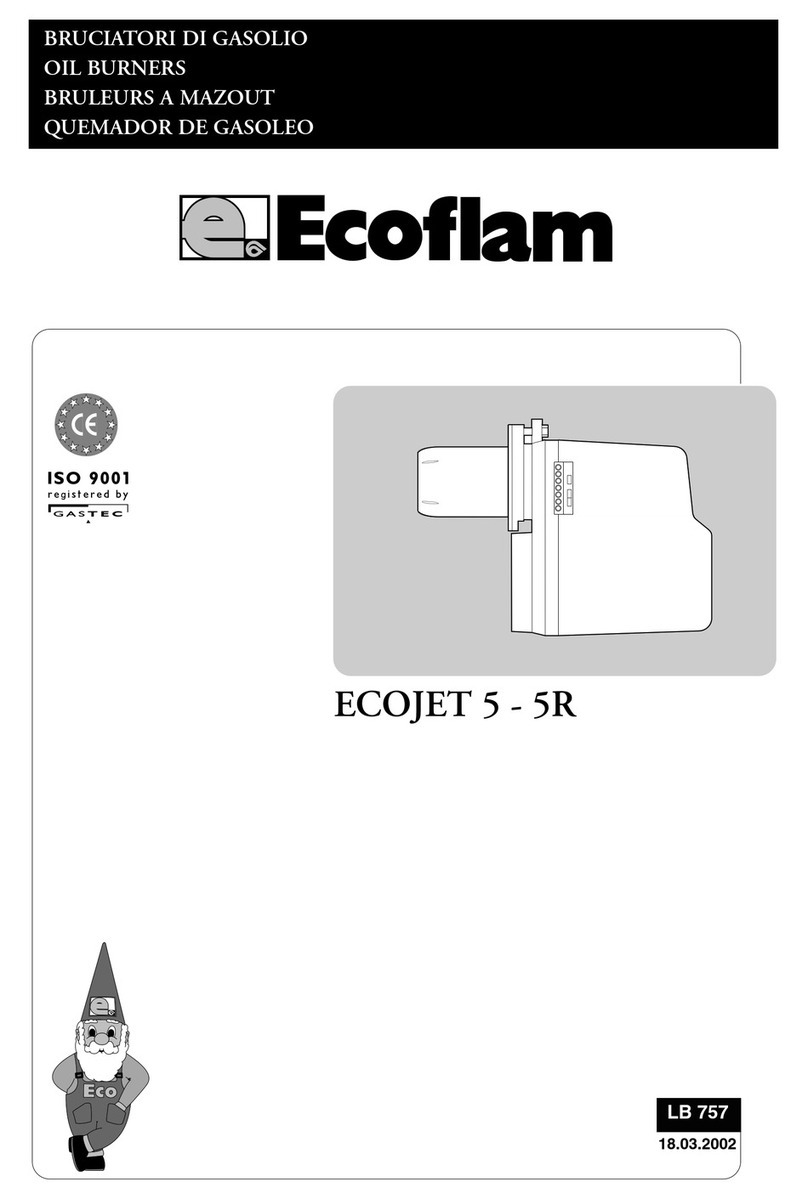
Ecoflam
Ecoflam ECOJET 5 User manual
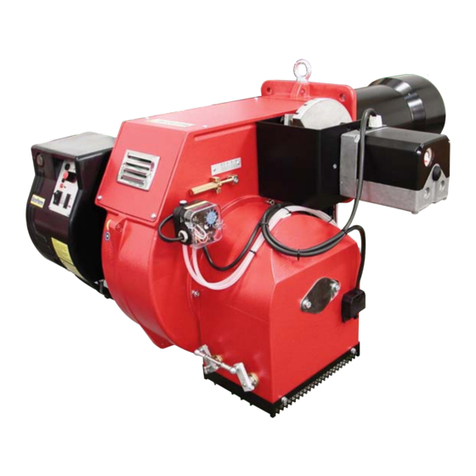
Ecoflam
Ecoflam BLU 1700.1 PR User manual
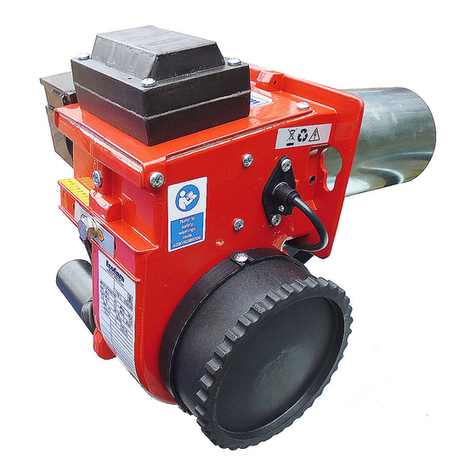
Ecoflam
Ecoflam MINOR 4.1/R User manual
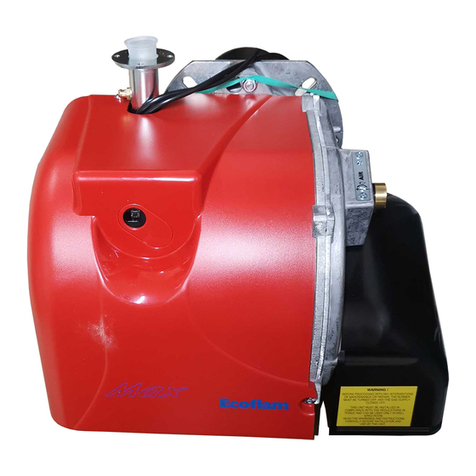
Ecoflam
Ecoflam MAX GAS 170 P User manual
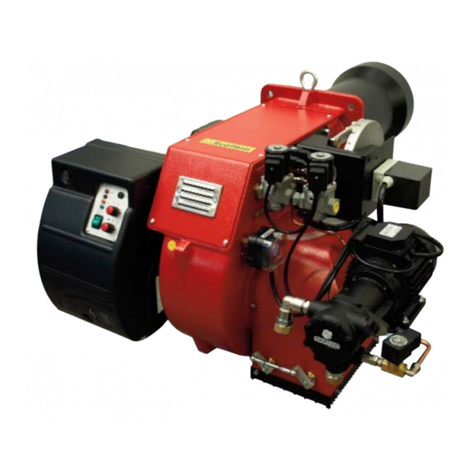
Ecoflam
Ecoflam Multicalor 170.1 User manual
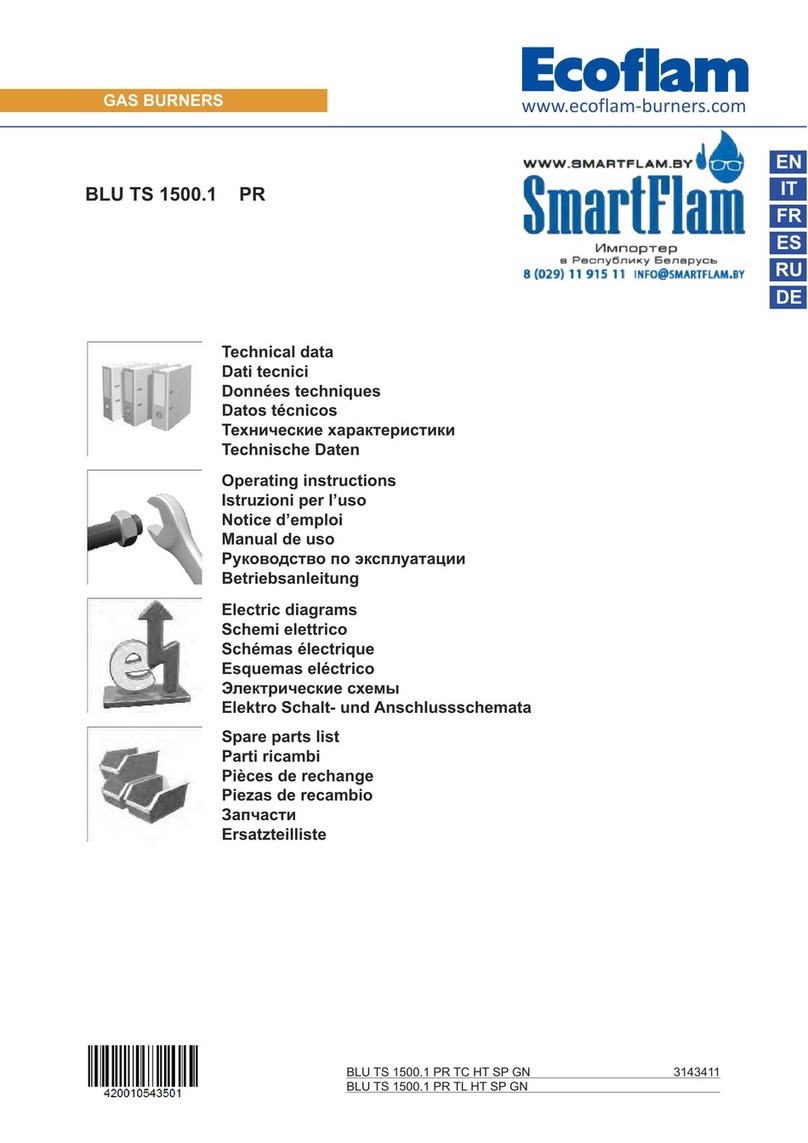
Ecoflam
Ecoflam BLU TS 1500.1 PR User manual
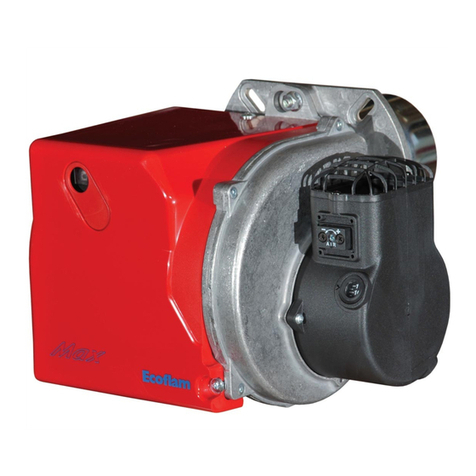
Ecoflam
Ecoflam MAX 1 User manual
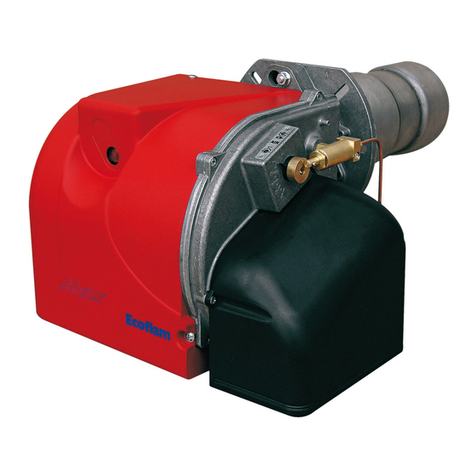
Ecoflam
Ecoflam MAX P 15 User manual
Popular Burner manuals by other brands

Riello
Riello RLS 160/EV Installation, use and maintenance instructions

Riello
Riello RS 28/M Installation, use and maintenance instructions
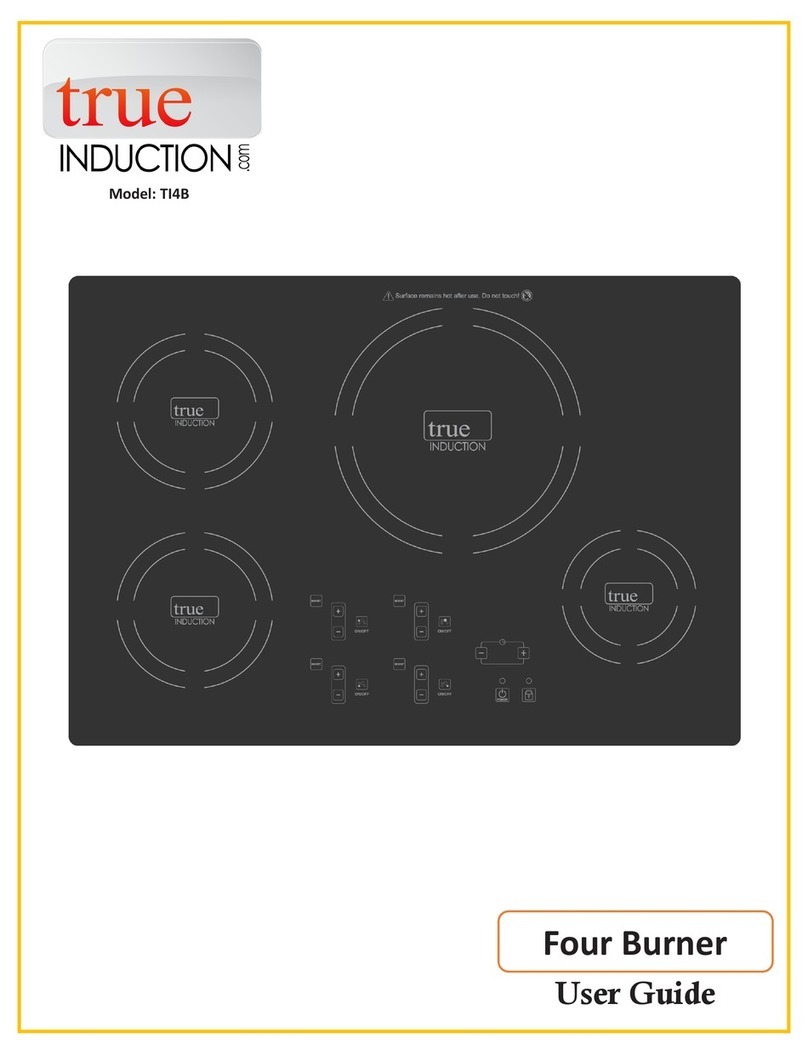
True Induction
True Induction TI4B user guide
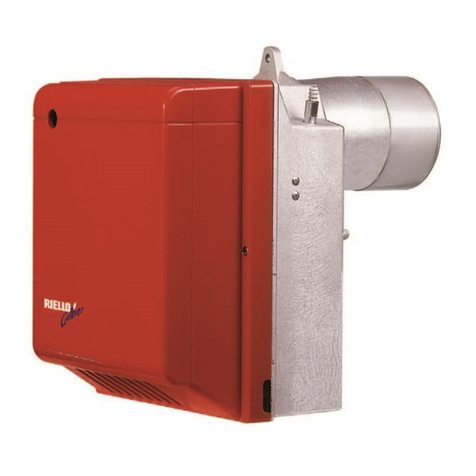
Riello
Riello RG1RKD Installation, use and maintenance instructions
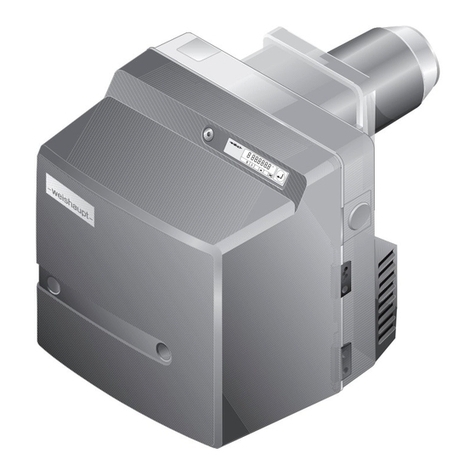
Weishaupt
Weishaupt WG20 Series manual
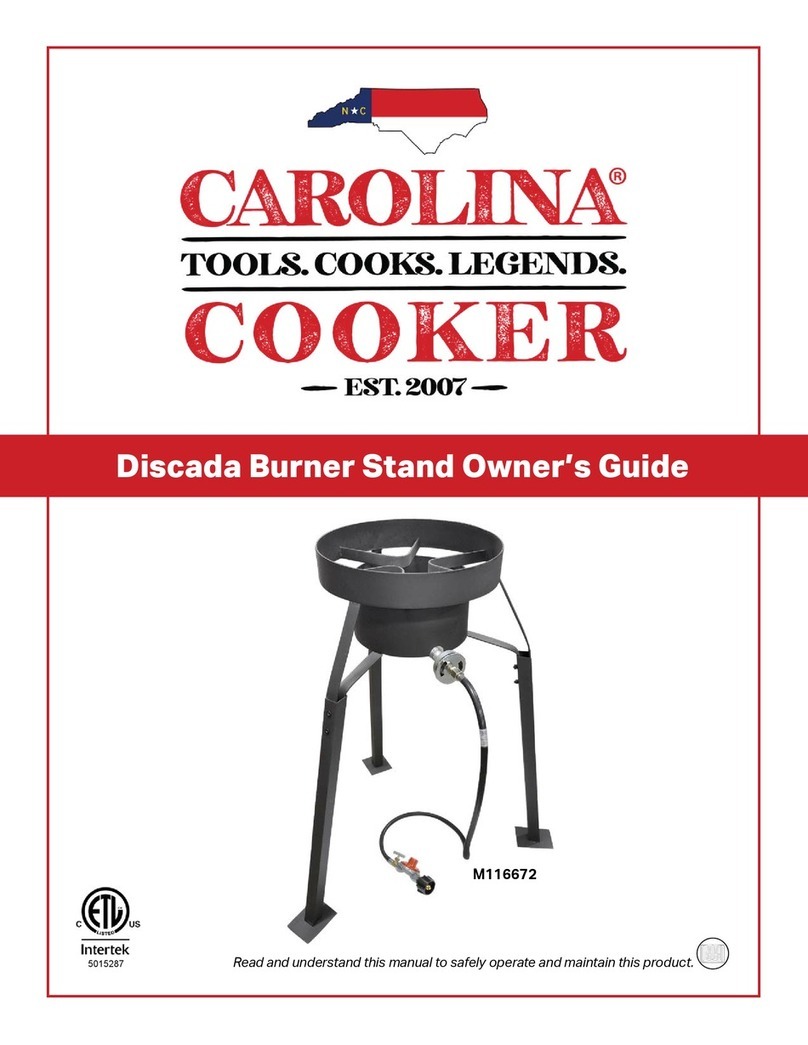
Carolina Cooker
Carolina Cooker M116672 owner's guide
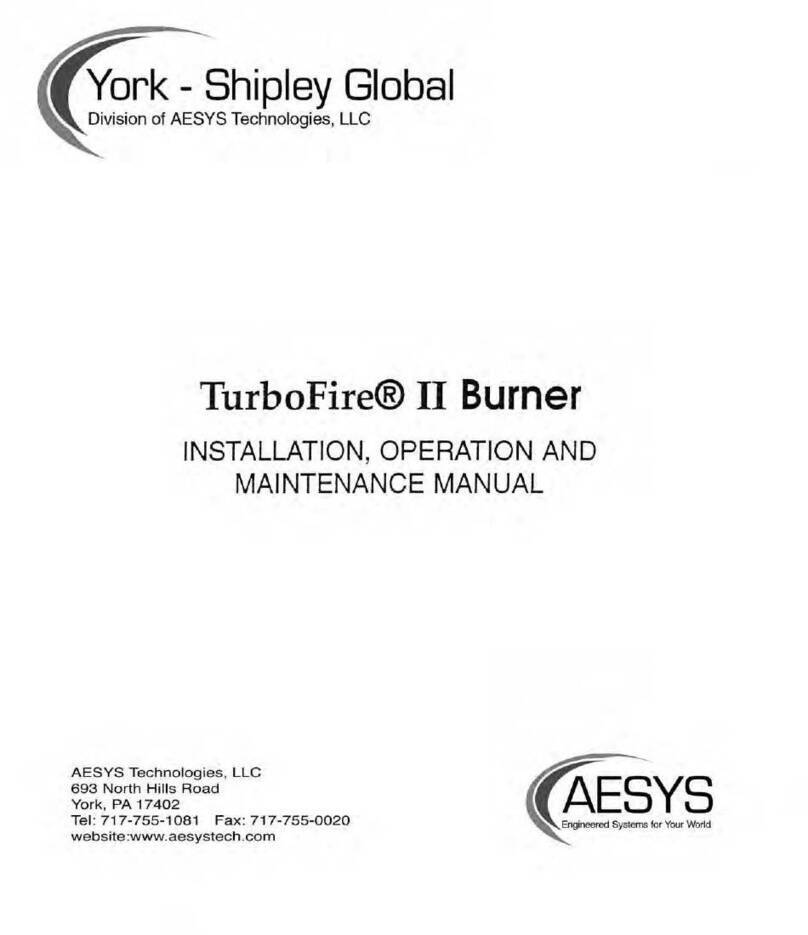
AESYS
AESYS TurboFire II Installation, operation and maintenance manual
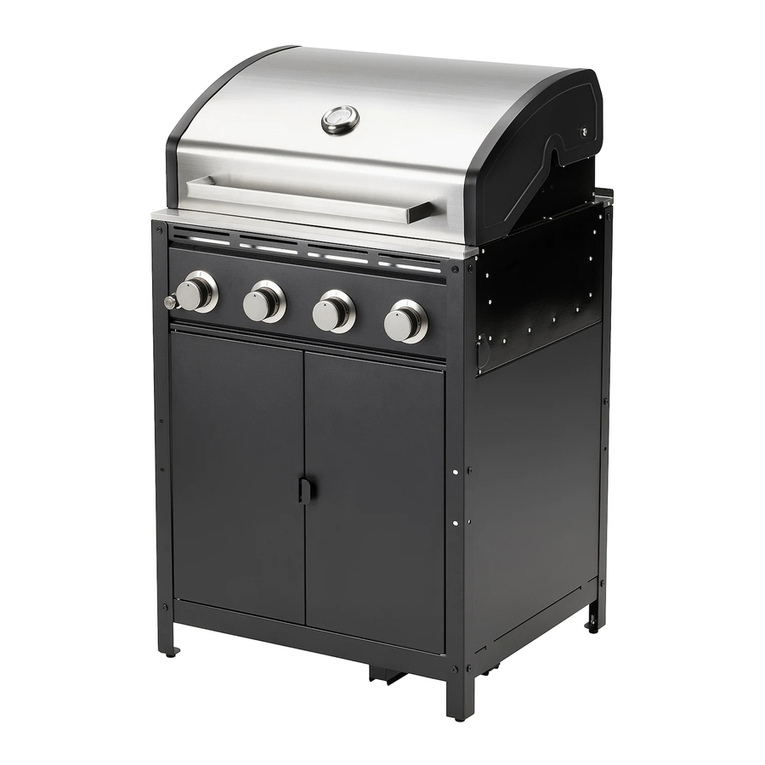
IKEA
IKEA GRILLSKÄR manual
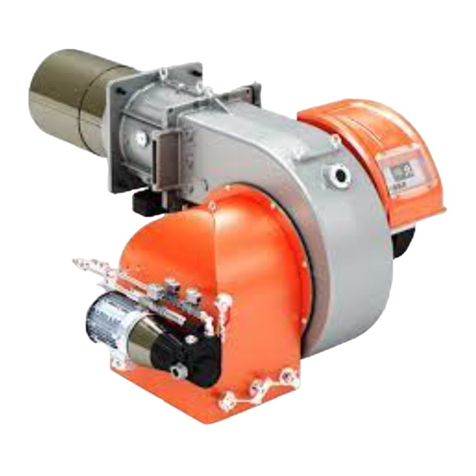
baltur
baltur TBL 1000 ME Instruction manual for installation, use and maintenance

Riello Burners
Riello Burners P 200 P/G Installation, use and maintenance instructions
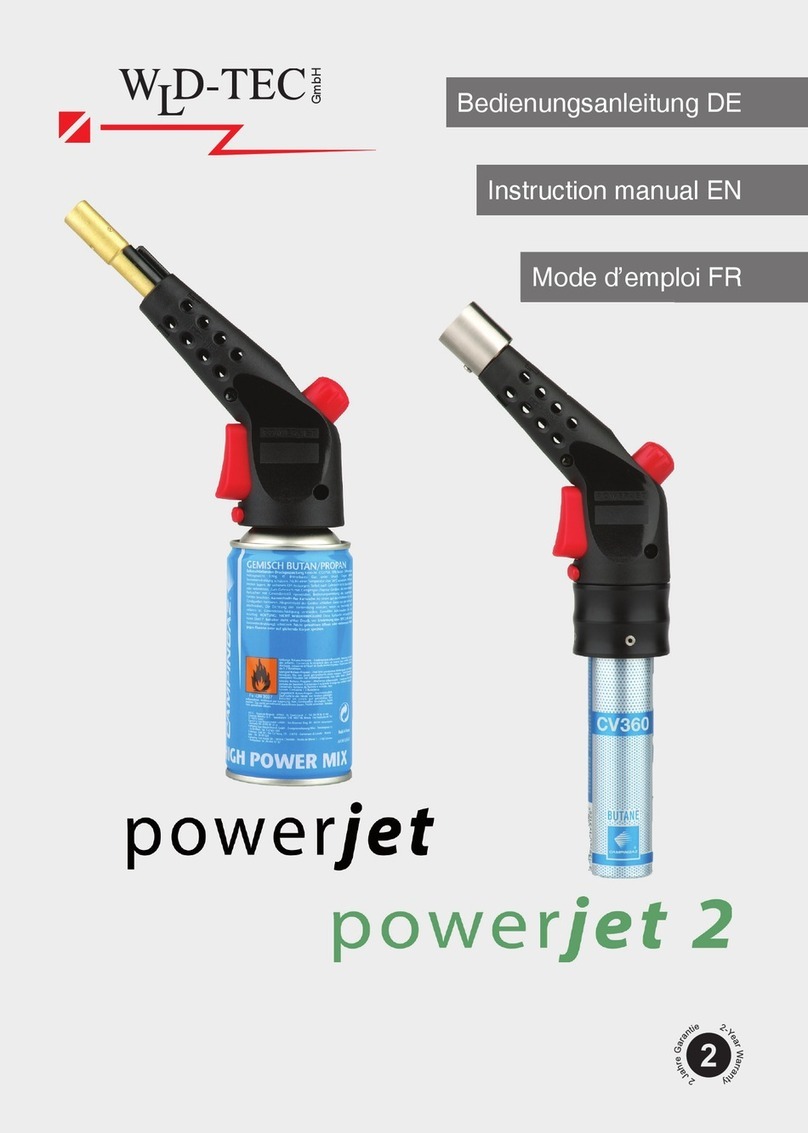
WLD-TEC
WLD-TEC powerjet instruction manual
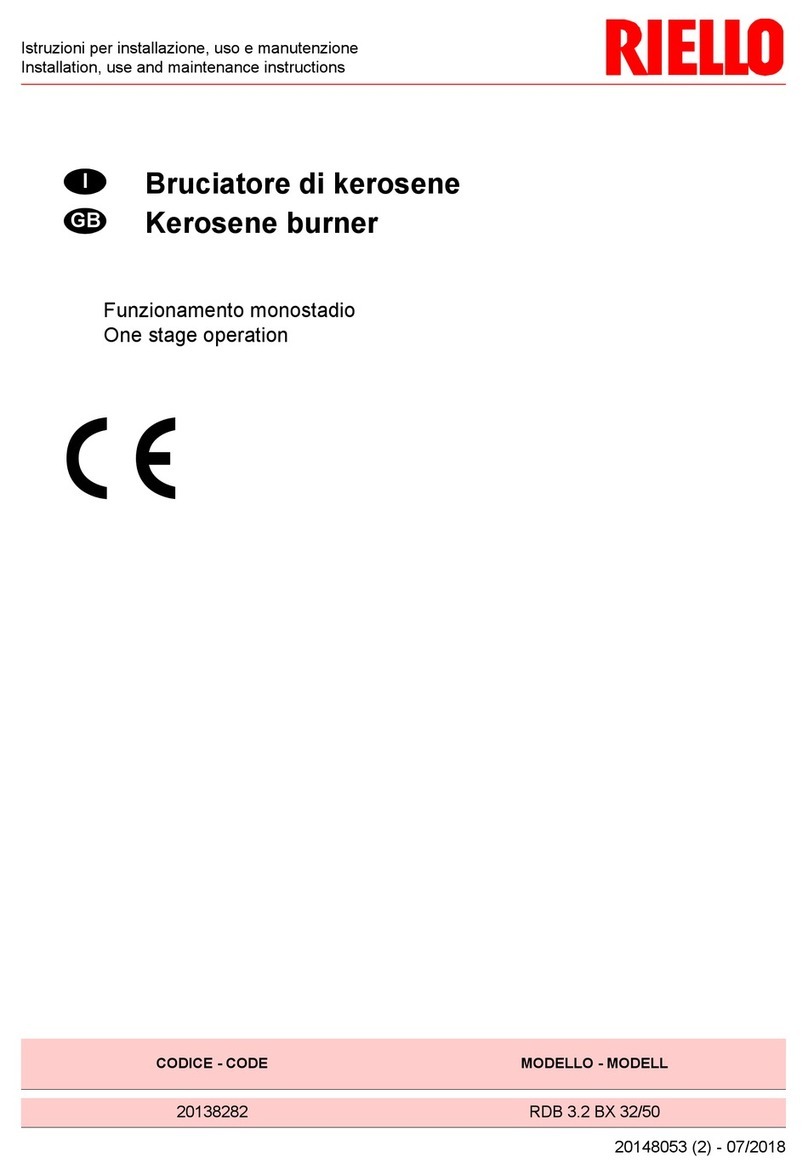
Riello
Riello RDB 3.2 BX 32/50 Installation, use and maintenance instructions
